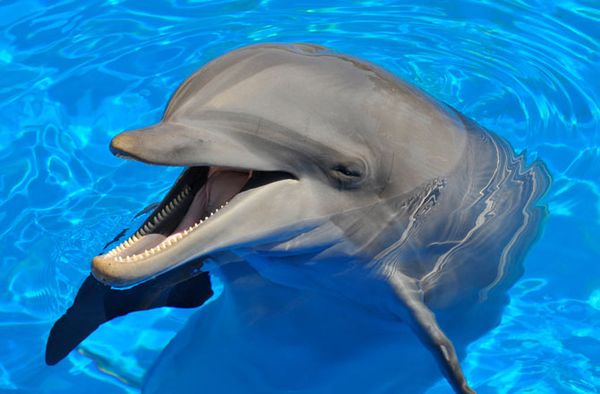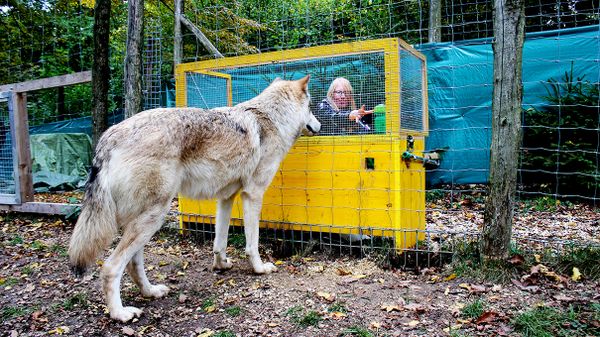Key Takeaways
- Bottlenose dolphins have brains that are comparable to human brains in terms of relative mass and complexity, suggesting a high capacity for cognitive functions.
- These dolphins demonstrate advanced language comprehension, understand abstract concepts such as pointing and self-awareness, and possess the ability to mimic behaviors and vocalizations.
- Bottlenose dolphins have also shown problem-solving skills and metacognition, hinting at a level of self-awareness and sophistication that challenges the notion of humans being the smartest species.
Despite the prevailing belief that humans dominate the animal kingdom when it comes to smarts, we're actually ranked as the third-smartest species on the planet -- at least according to Douglas Adams, author of "Hitchhiker's Guide to the Galaxy." But joking aside, there is something to be said for Douglas' idea, at least in terms of the species he ranks as second-smartest: dolphins.
When you correct for differences in body mass, dolphin brains, and the brains of bottlenose dolphins in particular, are pretty comparable to the brains of humans. They even come in second in terms of relative mass above all other species [source: The Sunday Times]. Their brains also have many similar features that are frequently correlated with higher brain functions.
Advertisement
Bottlenose dolphins likely possess advanced language comprehension skills, making them seemingly able to understand simple series of signed gestures in both their semantic and syntactic senses. Bottlenose dolphins also understand that generalized words, like "ball," can refer to sets of objects with similar characteristics. They can comprehend basic numerical concepts, and they're able to understand and react to questions about objects outside of their immediate vicinity. They process information received both acoustically and visually, allowing them to recognize scenes presented on a television screen (something chimpanzees must be trained extensively to do). The dolphins can then respond to the image with accuracy comparable to human response levels, even when the visual cues are delivered abstractly.
Dolphins comprehend pointing -- again, something chimpanzees typically struggle with. Considering dolphins don't have arms, this ability is perhaps all the more amazing, although researchers suspect dolphins' experience with echolocation prepares them for the concept. Dolphins also seem to demonstrate self-awareness by using mirrors to recognize and inspect marks placed inconspicuously on their bodies. They demonstrate a perception for and memory of recent activities, exhibited by their ability to repeat or choose new behaviors to perform as directed by trainers. Dolphins are excellent mimics, both vocally and behaviorally. Interestingly, they're able to not only imitate each other, but humans as well, meaning they can map their body shapes onto ours using equivalent portions, such as tails in place of legs.
Bottlenose dolphins have also been known to teach each other new tricks. For example, an injured dolphin was taught to tail-walk while recuperating in captivity; after release, it began passing the technique onto other wild dolphins. In another case, dolphins demonstrated their adaptive problem solving capabilities by picking up the habit of swimming with sea sponges on their snouts, which armored them against the prick of spiny fish. A third interesting scenario, albeit back in the laboratory setting, allowed bottlenose dolphins to choose an "I don't know" option during a difficult test. When the dolphins selected that option, they were likely considering their own thought process. This indicates the cognitive concept known as metacognition, which some consider an indicator of self-awareness and higher consciousness.
So does all this make bottlenose dolphins our intellectual equals? Perhaps not, but it's fair to say these dolphins are pretty darn sophisticated in the smarts department. Find more links to information about the amazing world of mammals on the next page.
Advertisement



